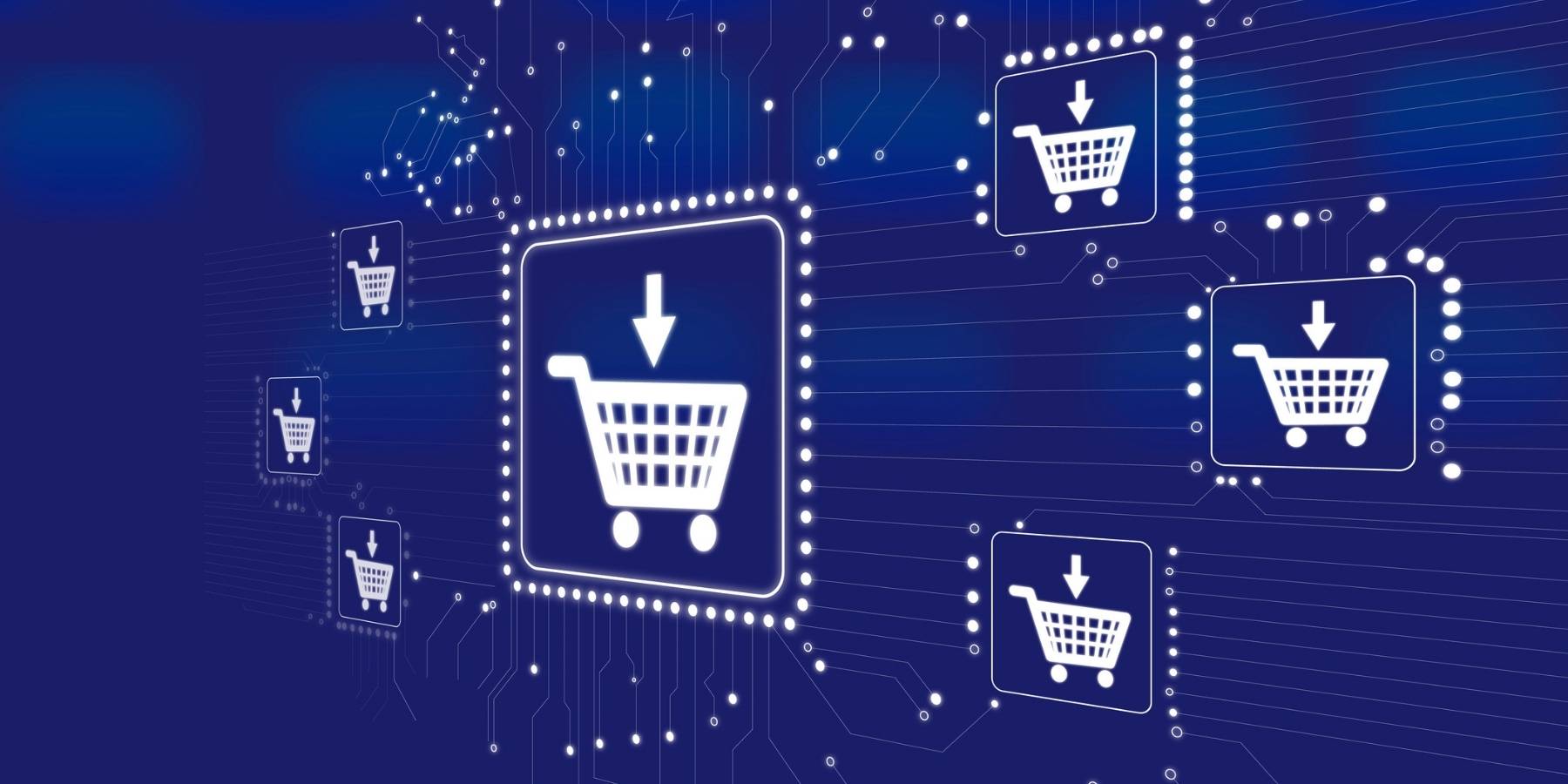6 Things to Consider if You’re Building an eCommerce Shipping Strategy for B2B Retail
If you work in B2B retail, let’s face the fact: your needs are very different from Joe down the street who owns the local skate shop. For one, the type of customers that buy from you are using what you sell to make their business a success.
For example, maybe you’re an up and coming restaurant supplies company that sells compostable containers and cups to all the coffee shops in town. You’ve seen your business grow offline and think it’s time to stake your claim in the eCommerce space.
However, once you get to the whole shipping part of your business you realize things are a bit complicated. After all, you want to give your current customers the ability to shop with you online and offer them the same experience. That means having the same prices and a customer service experience that keeps them loyal to you.
Don’t sweat it though. Thankfully, there are a lot of companies in B2B retail like yourself who have gone through a similar situation.
While every B2B retailer is different, these are some of the factors that make merchants hesitant about going online. These considerations are key to developing an effective shipping strategy in the eCommerce space for B2B retail.
1. Repeat orders
Purchasing large, repeat and restock orders is common practice in B2B commerce. Businesses want to buy in advance so they don’t have to on a daily basis.
Due to bulk buying, B2B generally also has a smaller order volume but a greater than average order value.
2. Bulky items
While large, bulky, and awkward items can be difficult to rate, they can be rated in real time as long as they fit on a pallet.
Even above palletized freight, there are options for live rating a number of commodities. And yes, that includes shipping liquids, perishables or hazardous items.
3. Small shipments
Many B2B orders are considered “small freight,” meaning they will end up being less than truckload (LTL) and be combined with other local shipments.
Because of this, partnering with a 3PL, or third party LTL provider, that specialize in these type or orders is a good idea.
Not only do they have competitive rates with a variety of carriers, but they can assist you with rate negotiations.
4. Quoting and real-time rating
Customers expect a fast and convenient end-to-end shipping experience, quoting included.
Instead of picking up the phone and calling for a quote the old fashioned way, provide real-time rating that takes into account geographic location, product weight, product quantity and more.
Alternatively, you can also let your customers submit for a quote online post-order instead of through fax, phone or mail.
5. Agreements and contracts
Whether a customer has been with you from the beginning, or is brand new, the shipping agreements and contracts you have in place remain valid.
The options and rates your customers see should always be consistent with those agreements.
6. B2B Retail Shipping Partners
With the right solutions partners, even the most complex shipping scenarios and processes can be automated.
Partnering with providers that specialize in order management, warehouse management and fulfillment can not only help boost conversion rates, but save you money on shipping costs alone.
Plus, having these relationships can also complement your team’s expertise. That means you don’t have to be a shipping expert to take advantage of the best options available to you.
Next Steps: Configuring a Shipping Strategy that Works in B2B Retail
Digitization in B2B retail is expected to pick up in 2020. In B2B retail, you can make a splash online by simply having a shipping experience that rivals any B2C brand.
The first steps are to build a strategy around the six things listed above. Just by doing this, you’ll already ahead of the curve compared to your industry competitors.
Choosing a central shipping hub like ShipperHQ can be a part of this plan. With ShipperHQ, you can easily work within your own eCommerce platform and manage your shipping requirements directly, no matter how complex they may be.
Plus, you can receive more accurate shipping rates for any scenario including LTL freight calculations. Working with a partner like ShipperHQ gives your buyers more options and convenience at checkout, providing a seamless shipping experience from first click to final delivery.
Want to start showing live LTL rates to your customers? Sign up for a free 30-day trial of ShipperHQ today.






